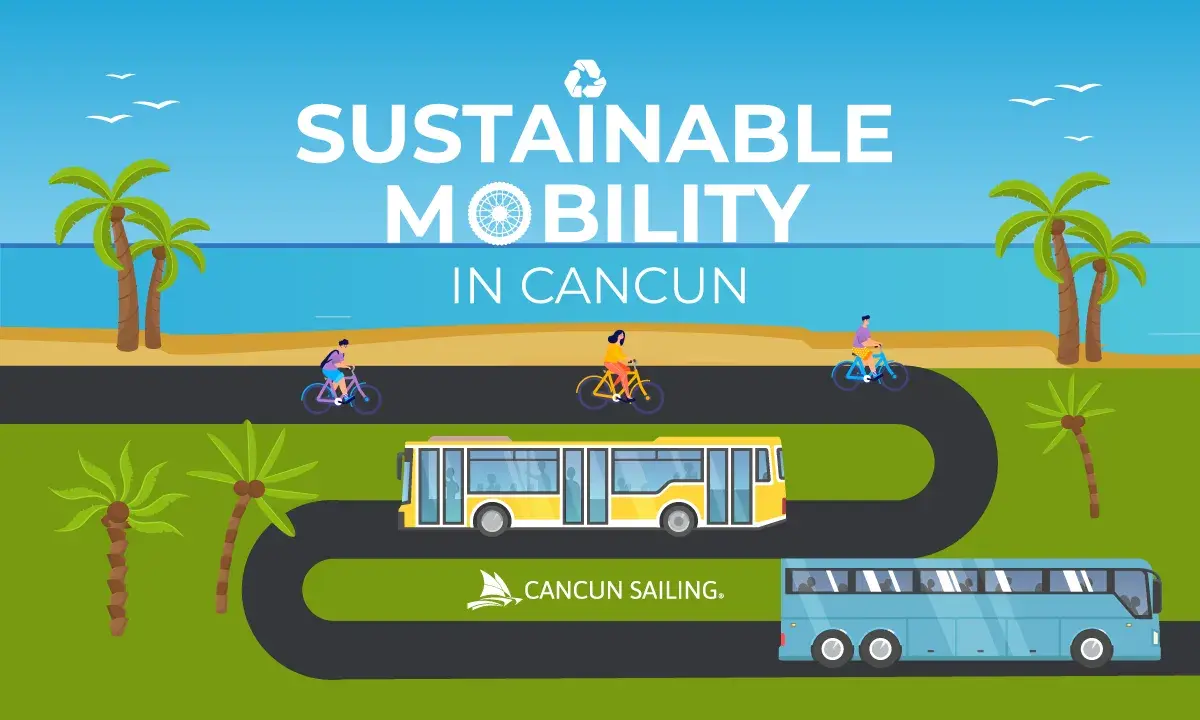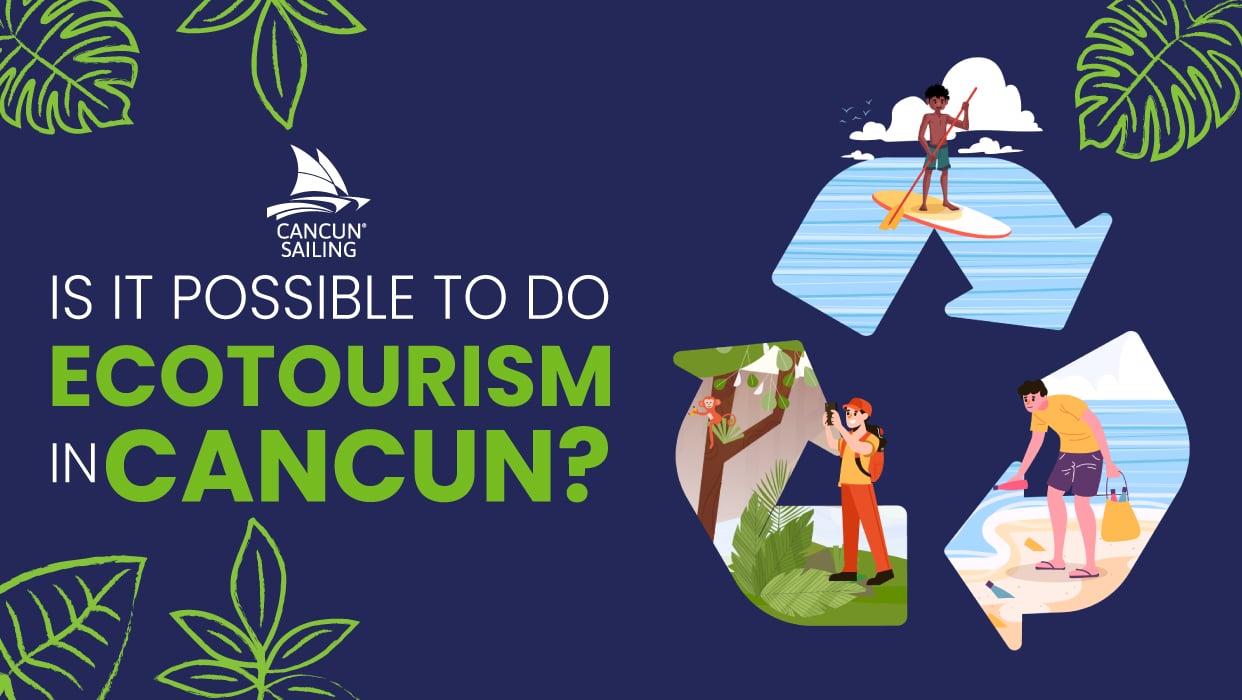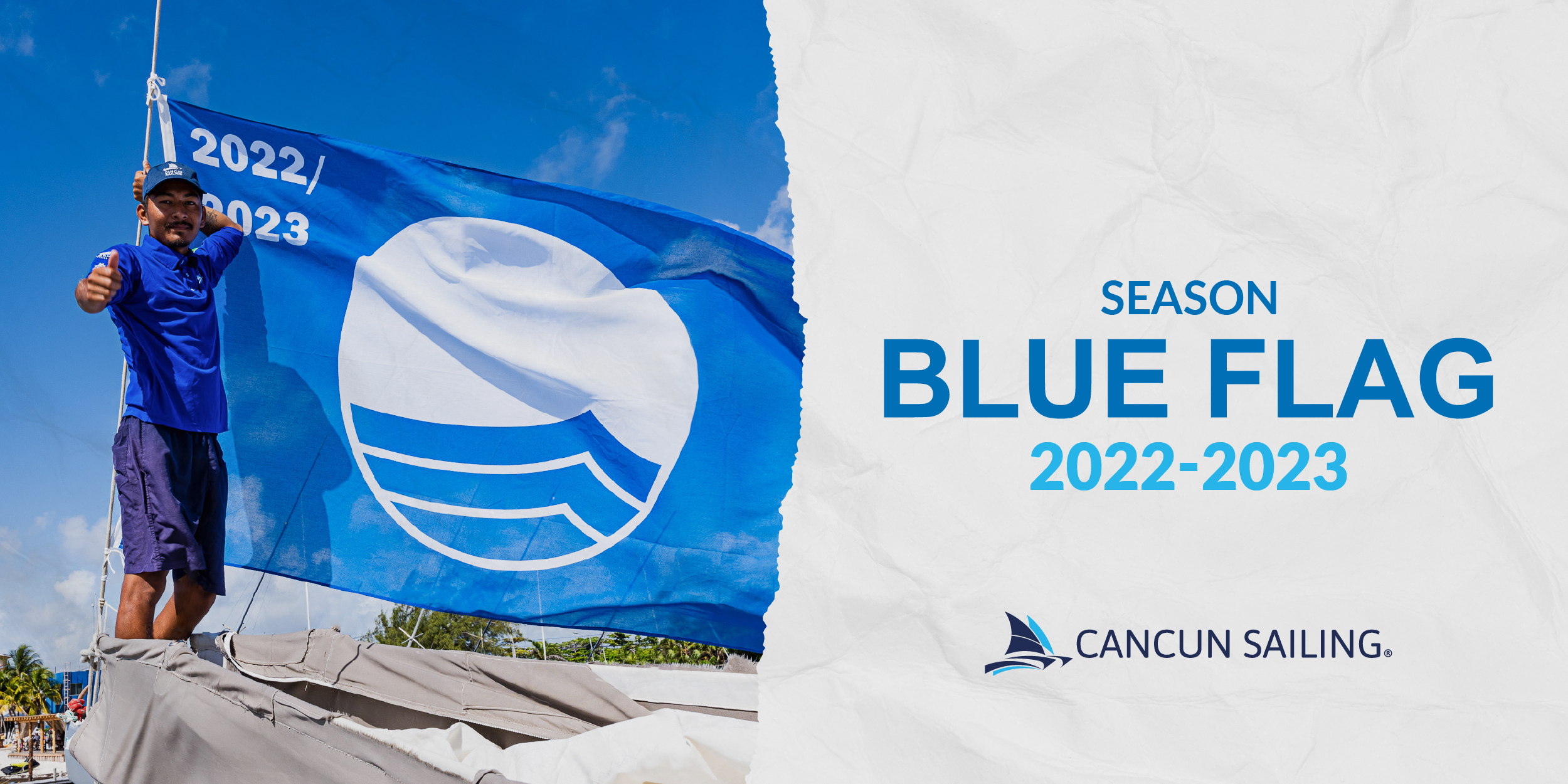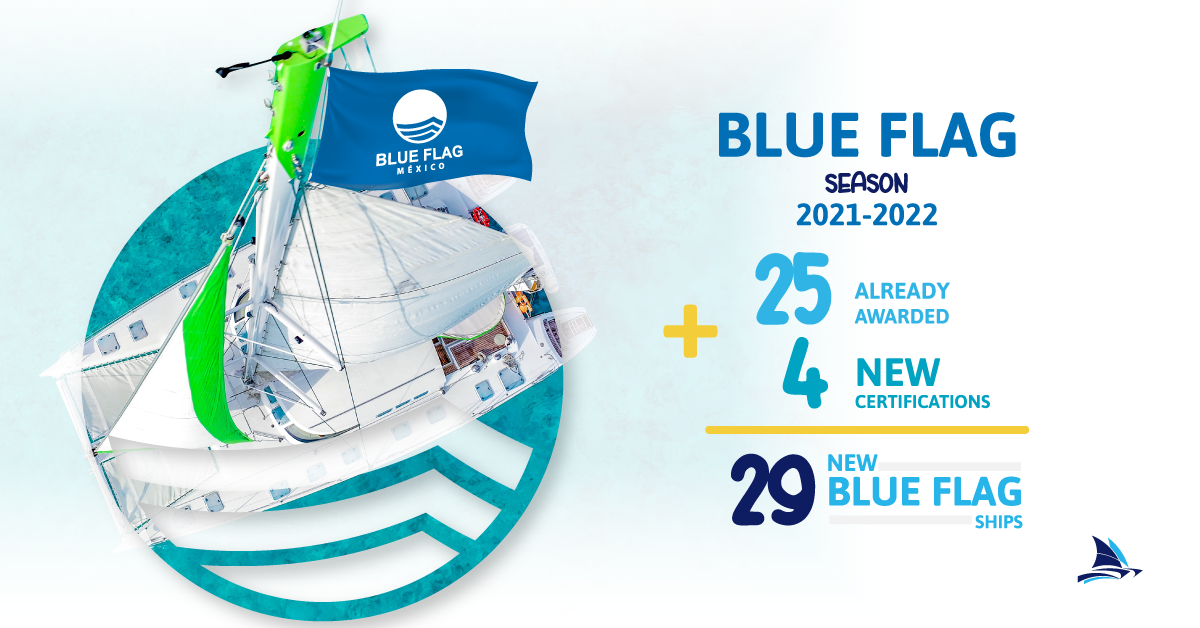Cancun is more than a tourist destination: it is a city in constant growth that faces urbanization, transportation, and environmental challenges. Therefore, promoting sustainable mobility has become a priority to improve the quality of life of its inhabitants and visitors, reduce pollution, and facilitate daily commuting.
Here you will find everything you need to know to move around Cancun in a safe, efficient, and environmentally friendly way.
Public Transportation in Cancun
Cancun's urban transportation system is mainly made up of buses and vans operated by different concessionary companies: Autocar, Turicun, Maya Caribe, Bonfil, and TTE.
Available routes
- More than 30 active routes cover areas such as downtown, outlying neighborhoods, the hotel zone, and bus terminals.
- The routes most used by tourists are:
- R-1: connects downtown with the Hotel Zone to Playa Defines.
-
- R-2: connects downtown with the Hotel Zone and residential areas.
-
- R-27, R-15, R-44: cover different urban sectors.
Check routes and stops in apps such as Moovit or Google Maps, which show real-time information, routes, and changes.
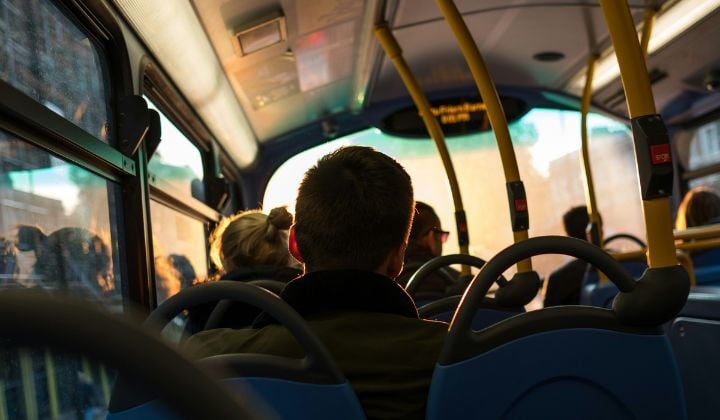
Fares
- City bus (urban zone): $12 MXN
- Bus to Hotel Zone: $12 MXN
- Combis or local vans: between $10 and $15 MXN, depending on distance.
- ADO buses for transfers to the airport: from $110 MXN
Some buses accept cash only; there is not yet a universal prepaid card.
Schedules
- Daily operation, between 5:00 a.m. and 11:00 p.m.
- Frequency: every 5 to 10 minutes on main routes such as R-1 and R-2.
Pros of using public transportation.
- Economical: very accessible for residents and tourists.
- Frequent: no need for long waiting times.
- Sustainable: reduces emissions by sharing the trip with more people.
- Accessible: many routes pass through main avenues and connect with key stops.
Cycle lanes and bikeways in Cancun.
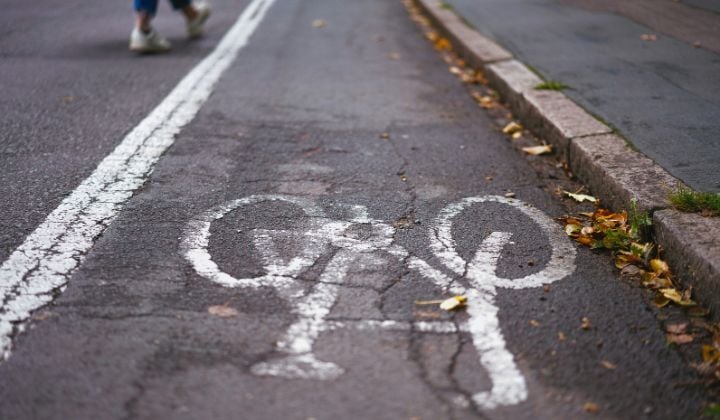
Cancun has begun to develop a network of bicycle lanes to encourage non-motorized and healthy transportation. IMPLAN, the Municipal Planning Institute, has promoted cycling projects in different areas.
Main bicycle lanes
- Ciclovía Bonampak - Downtown
- Starts at Bonampak Avenue, near Puerto Cancun.
-
- Connects commercial and residential areas.
-
- Length: 1 km (phase 1), with expansion plans.
-
- Infrastructure: physical separators, signage, sidewalks, and trees.
- Hotel Zone - Kukulcan Boulevard Cycleway
- Along the boulevard that borders the Laguna Nichupté.
-
- Approximate length: 20 km.
-
- Ideal for sightseeing and ecological transportation.
-
- Surface: smooth asphalt overlooking the sea and iconic hotels.
- Complementary routes
- Project under development for bicycle lanes on Tulum, Chac Mool and Kabah avenues.
Reference map of Cancun
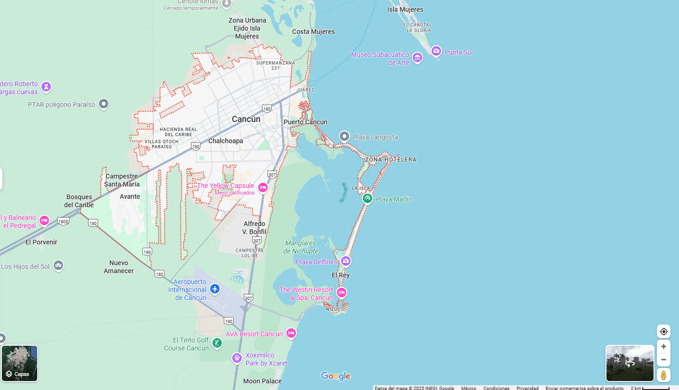
- Cycling routes are not always connected, but you can use apps like AllTrails or Komoot to navigate safely and understand the terrain.
- Bike parking is scarce, but some hotels, plazas, and parks offer bike parking.
Pros of biking in Cancun.
- Zero emissions: It produces no emissions and is ideal for short trips.
- Healthy: Improves physical condition.
- Economical: No cost for gas, tickets, or parking.
- Pleasant: Enjoy the coastal scenery and green areas.
Electric and Intermodal Transportation: Mayan Train.

In response to the need to efficiently connect the airport with the city and the Mayan Train, an intermodal system of electric buses has been implemented.
Cancun Station of the “Tren Maya”
- Located on the Cancun-Tulum highway, next to the international airport. Tren Maya Station in Cancun
- It has an electric bus connection that connects the air terminals with the train station.
Electric units.
- Capacity: 47 passengers
- Speed: up to 69 km/h
- Frequency: every 15–20 minutes
Pros of this system
- Emission reduction: ideal to combat the environmental impact of mass tourism.
- Connectivity: direct link to other cities in southeastern Mexico.
- Comfort: modern, air-conditioned, and noise-free.
Why choose sustainable mobility in Cancun?
Opting for sustainable means of transportation is not only an environmentally conscious decision, but it also allows you to:
- Avoid heavy traffic (especially during rush hour and hotel zone).
- Save money on gas, parking, or cabs.
- Enjoy the scenery at a different pace, without stress.
- Support responsible urban development.
Tools that can help you get around better.
- Moovit: routes, fares, schedules in real time.
- AllTrails: routes for cycling and hiking.
- Google Maps: navigation, transportation modes, and estimated times.
- QRoo Taxi App (beta): for safe cabs in the area.
Tips for getting around Cancun sustainably.
- Plan your trips early to avoid intense sun or traffic.
- Bring water, a hat, and sunscreen if you ride a bike.
- Check the apps before leaving, especially if you take public transportation.
- Combine means: use bus + bike or bike + Tren Maya for longer trips.
Respect crosswalks and bike lanes, even if you go by car.
